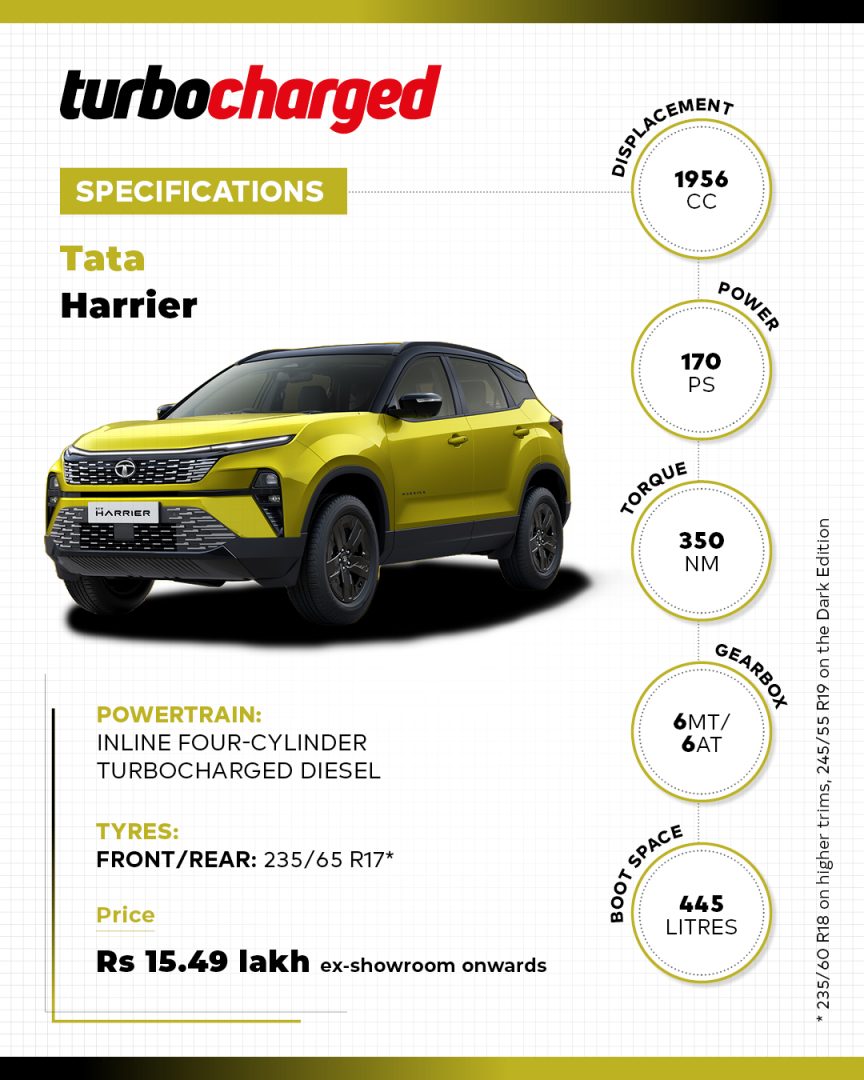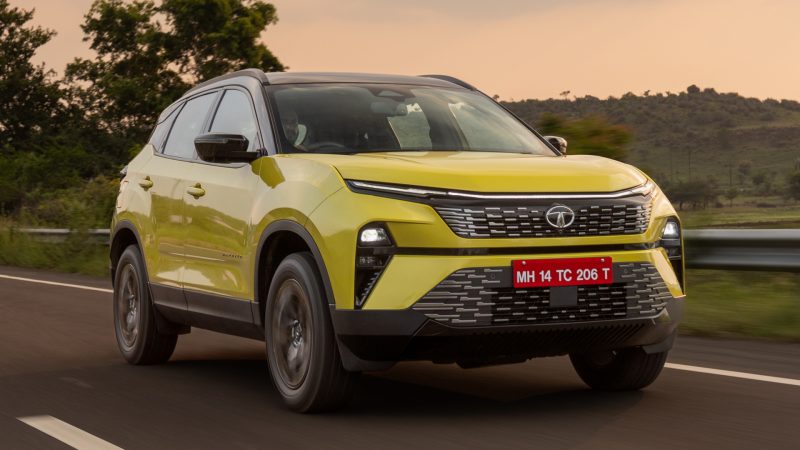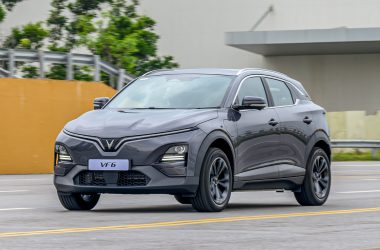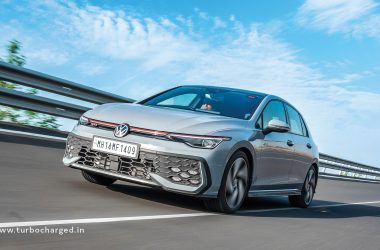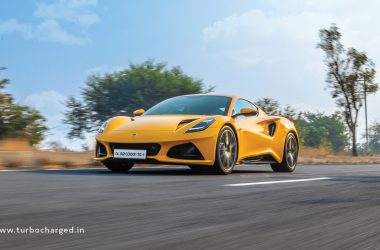Photography: Tata Motors
As the first SUV developed under the Tata Motors – Land Rover collaboration and being based on the Discovery Sport’s D8 platform, the Harrier buzzed the tower even before it reached the market. And ever since the Harrier went on sale, it set the benchmark of value-for-money in the mid-size SUV segment. Tata has been updating its SUV lineup and next after the Nexon is the Harrier. It gets a new look and more features, in order to keep the interest alive before the new Harrier comes in, which is still a few years away. Does the refresh improve the Harrier’s VFM quotient?
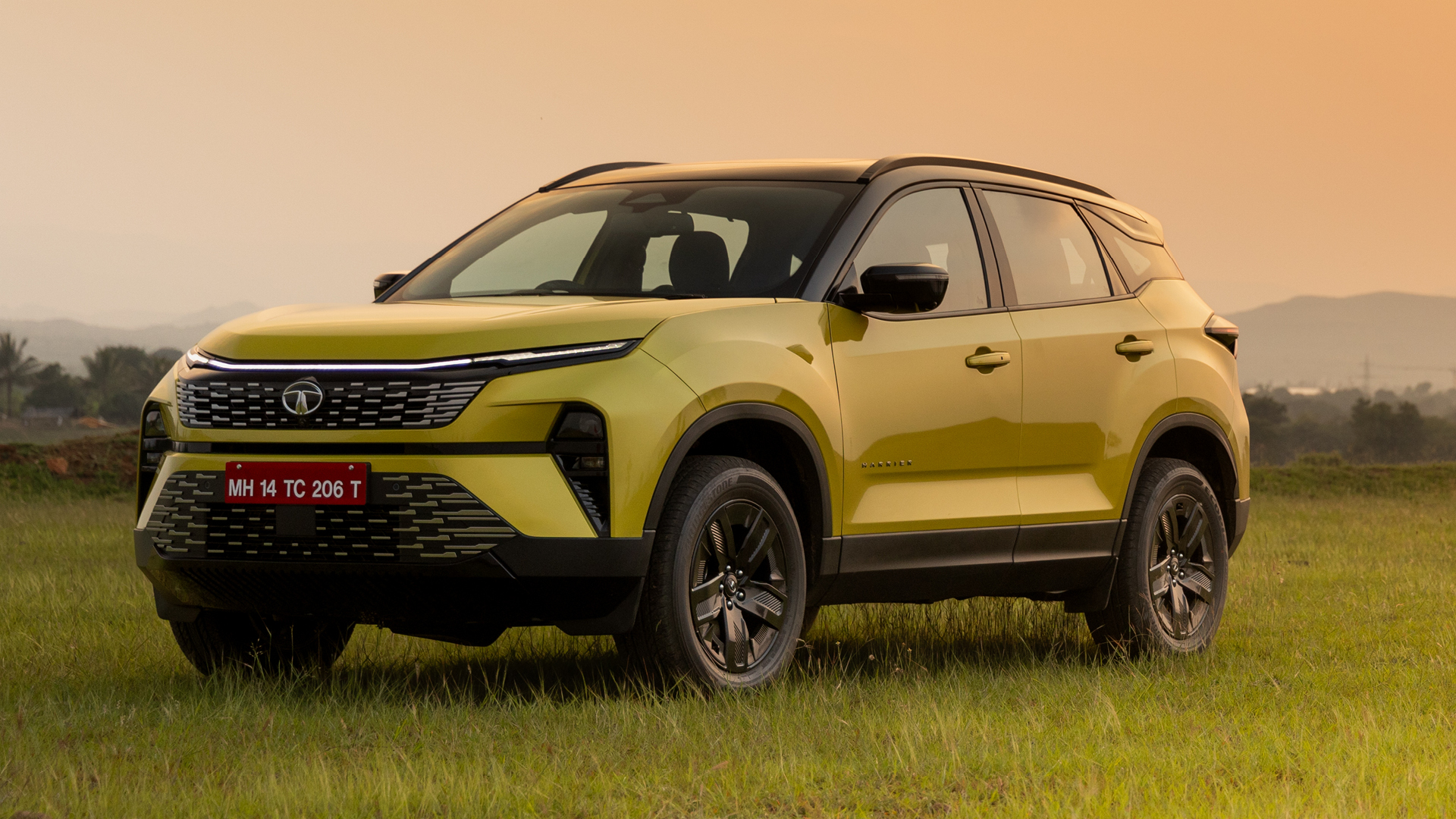
The Harrier is one of the best-looking cars ever made by Tata, and it’s true even today, with the new connected LED DRL above the all-new grille dominating the front end. The front bumper is now split with a black band separating the upper and lower portions visually. The LED projector headlamps are now pushed further out to the sides, which creates an appearance of a wider stance. The side profile remains the same, but there are new alloy wheels with removable aero inserts made from plastic. At the rear, the connected LED tail lamp freshens things up. Both front and rear LED strips have a Welcome and Goodbye function, where they turn on and off sequentially as you unlock or lock the car, which adds to the premium feel.
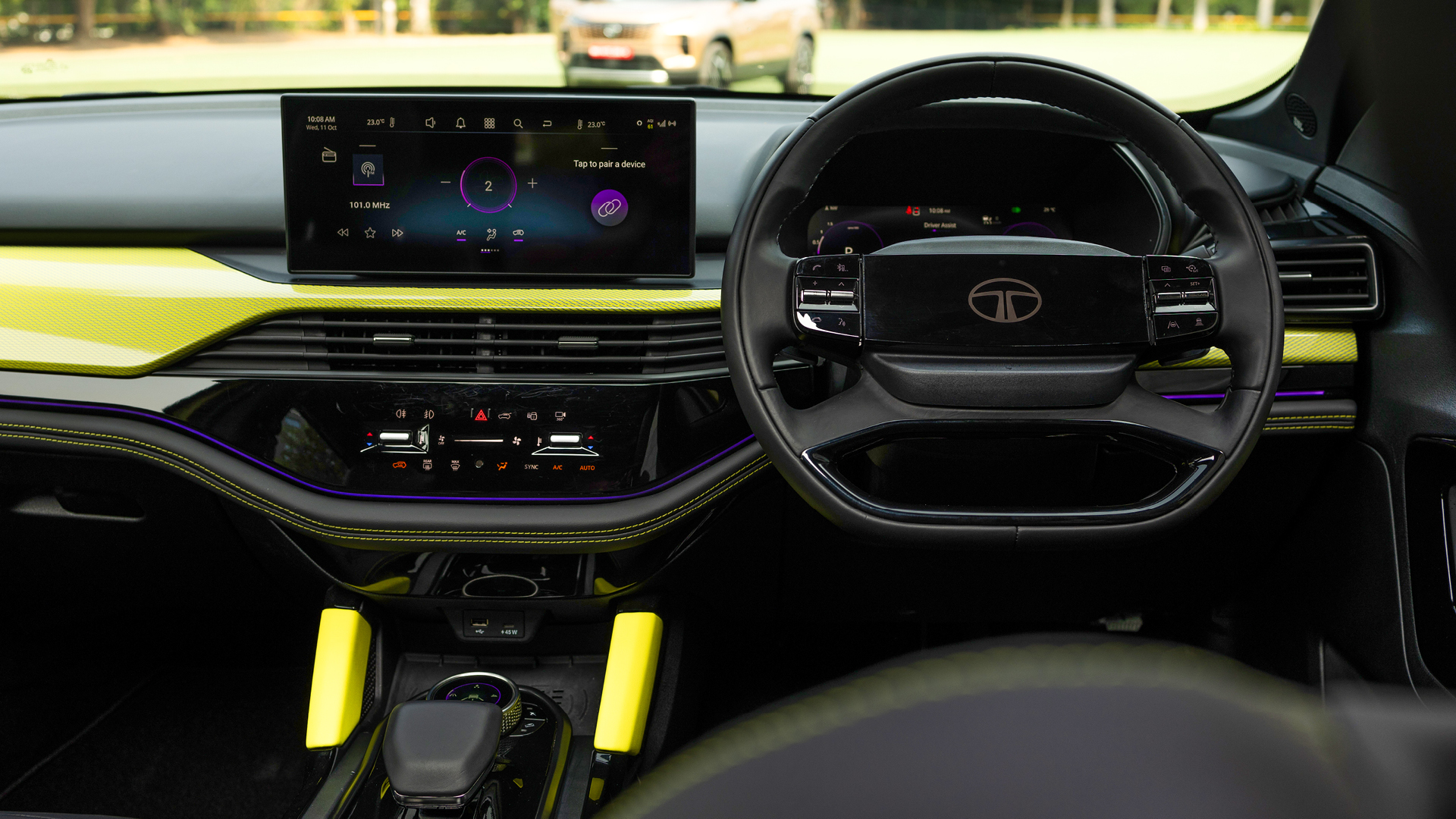
The 2023 Harrier features the biggest changes on the inside, with a completely new dashboard. The driver’s display is now 10.25-inch, whereas the infotainment touchscreen is 12.3-inch – both larger than before. There’s a piano black panel running across the width of the car, the central portion of which also has an array of capacitive and tactile buttons to control various functions, including the new dual-zone climate control. The steering wheel itself is a new 4-spoke unit, with a backlit Tata logo that exudes an upmarket vibe. The Harrier also gets different contrasting colours on the interior panels depending on the ‘Persona’, that is the selected trim level – the yellow on our Fearless test vehicle added a youthful element. One of the notable new features is the gesture-controlled tailgate, a feature usually seen on much more expensive models.
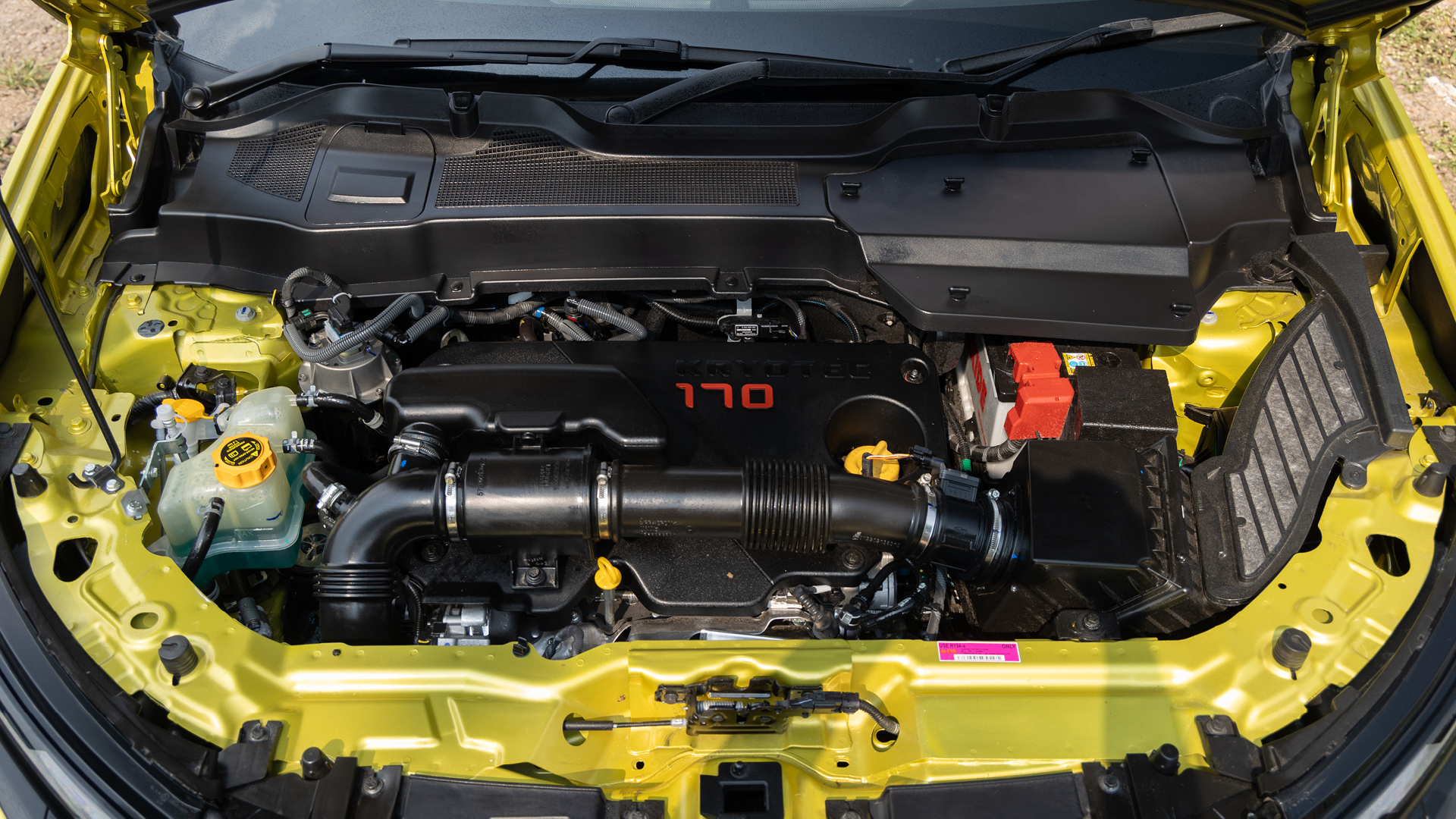
Performance hasn’t changed as the 2.0-litre turbocharged diesel mill with its 170PS and 350Nm outputs remains the same, and the Harrier is eager to get off the line, albeit accompanied by a gruff note from the exhaust. Our test vehicle came equipped with the 6-speed manual, which slots into the gates without much effort, but lacks precision a little bit. However, the throw for the first to second on the manual transmission was a bit too long and may present a challenge on the dragstrip should you ever find yourself on one!
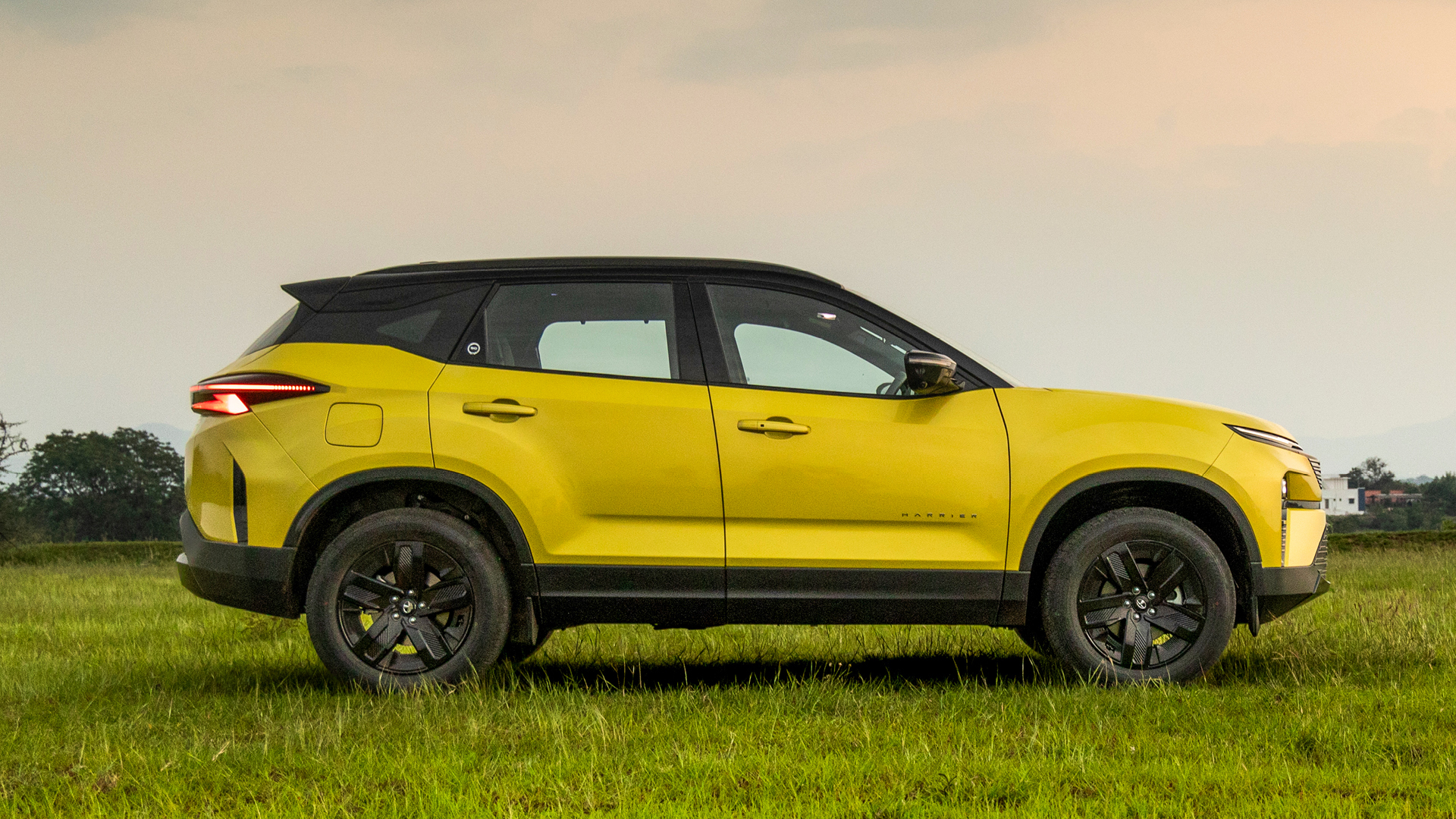
On the other hand, despite wheel sizes increasing by an inch across the board, it does not impact ride quality which in fact has improved. We drove the Harrier spiritedly over some less-than-ideal roads, and there was nary a thunk from the suspension. Tata has done an amazing job re-tuning it, and the Harrier simply glides over broken roads. Another thing to note is the much improved steering feel which weighs up nicely at speeds, while remaining finger-light at parking speeds. The steering feels heavier when you switch to Sport mode, which adds a reassuring sense of solidity at highway speeds. Through the corners the Harrier remains planted, and the reworked steering feel gives you the confidence to push the SUV in a way you probably shouldn’t.
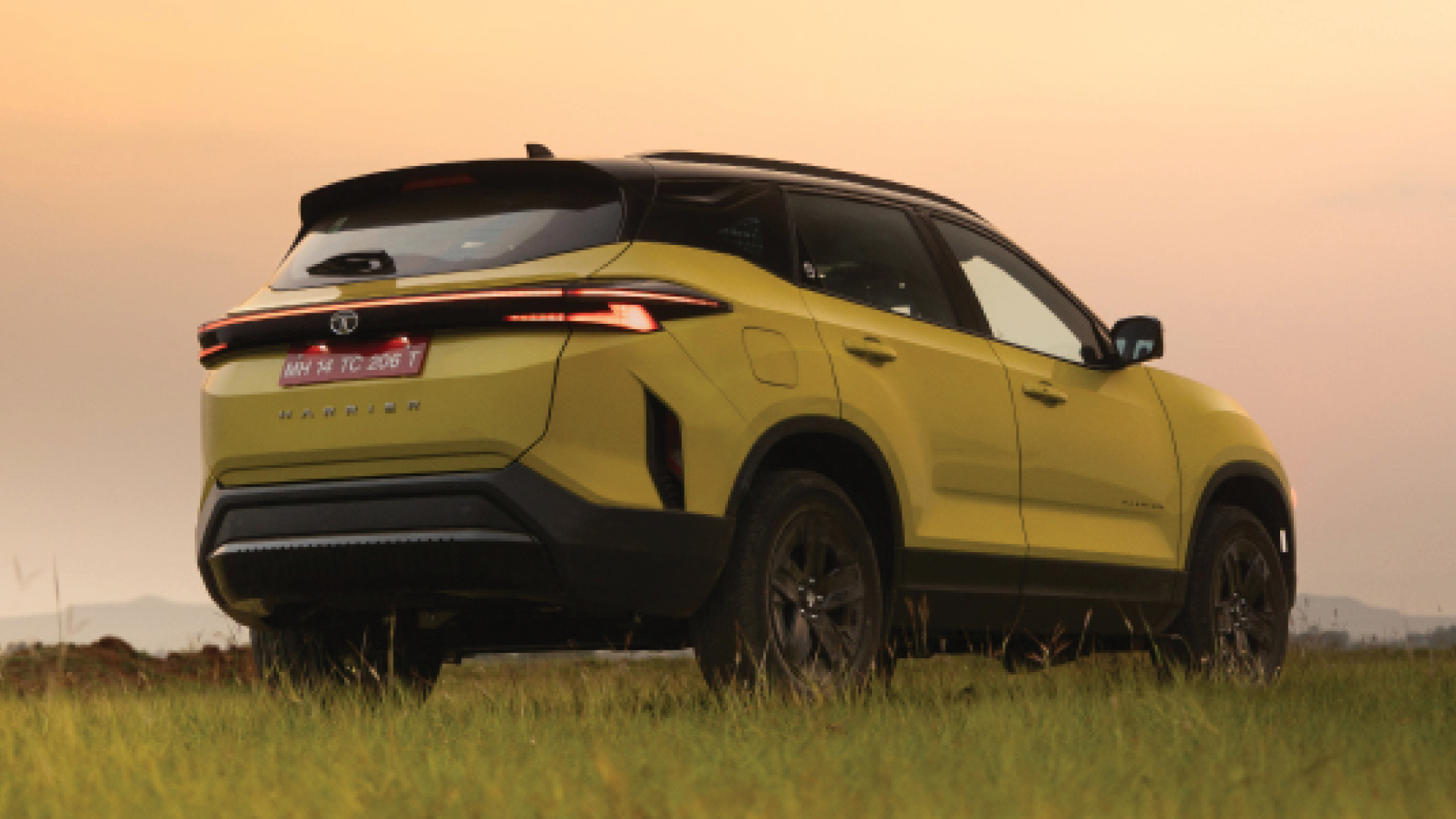
The Harrier has always been the bastion of value-for-money in the mid-size SUV segment, and that looks set to continue with the comprehensively updated 2023 iteration. The price has increase by around Rs 50,000, with the Harrier now starting at Rs 15.49 lakh, ex-showroom onwards, which given the comprehensive update feels like a reasonable increase. The new looks, better features throughout the car and improved dynamics makes the Harrier an even better value for money than it originally was, which is saying something.
